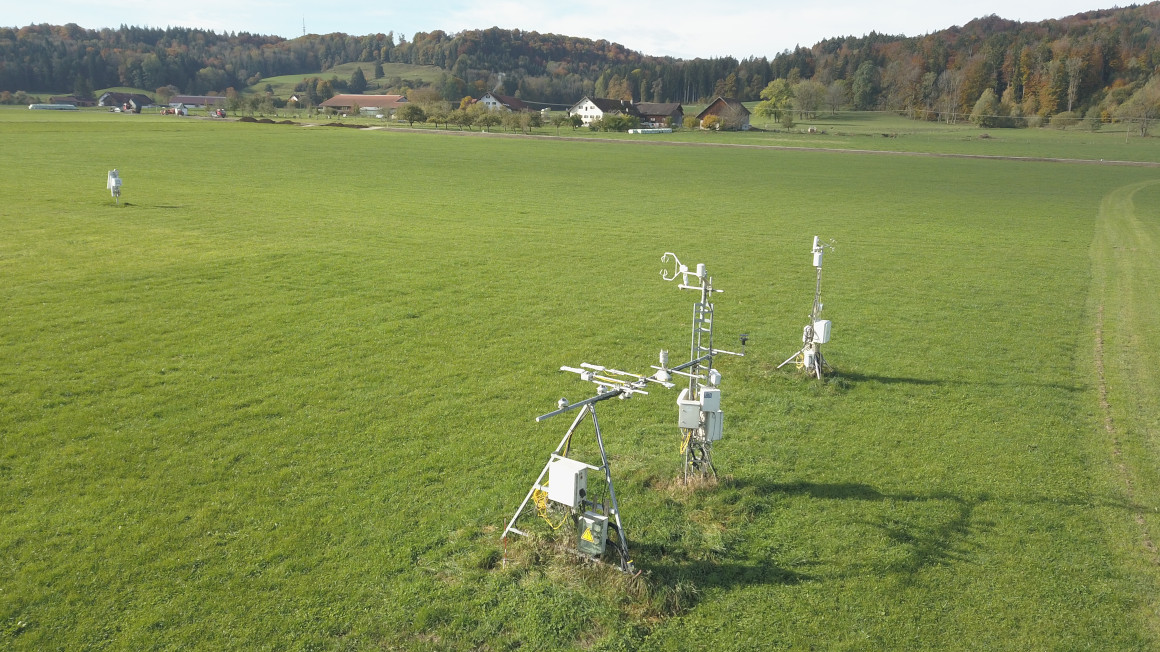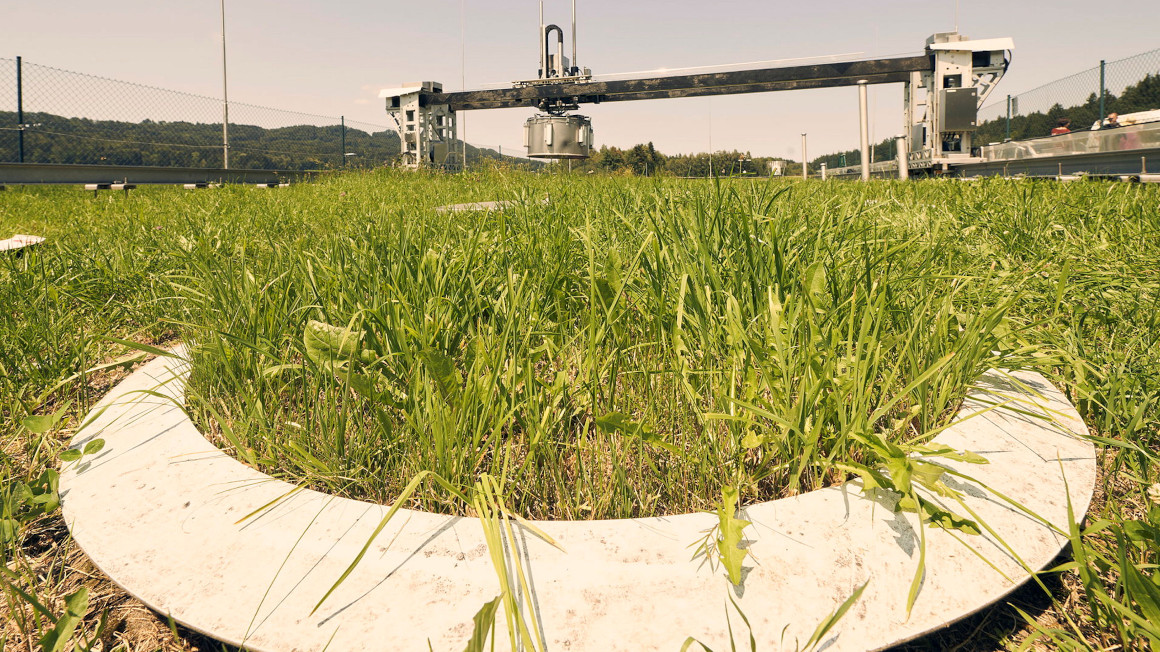
Whether heat, drought or heavy rain, climate change is presenting agriculture with ever greater challenges. Even in the Alpine region, where it is often cooler and rains more frequently, the effects on meadows, pastures and alpine pastures are noticeable. But what does climate change mean for so-called grassland production? And above all, how can farmers in the Alpine region react to these changes? Researchers led by Ralf Kiese from the Campus Alpin of the Karlsruhe Institute of Technology (KIT) dealt with these questions in the BonaRes project SUSALPSII. The project was funded by the Federal Ministry of Education and Research (BMBF) in the 2nd funding phase from 2018 to 2022 with around 2.8 million euros.
Temperature increase in the Alps above global average
"The Alps are a climate-sensitive region where climate change is progressing comparatively quickly and where we have already had significantly higher temperature increases than the global average in recent decades," explains project manager Ralf Kiese. At altitudes of 900 to 1,000 metres, the temperature increase is already 2 degrees Celsius. "This is also noticeable - as it is everywhere - in the increase in dry periods," says Kiese. In order for farmers in the Alpine region to be able to adapt their grassland management to the changing conditions, the project team examined important factors of the ecosystem.
Impacts on grassland production
The investigations focused on the effects of climate change on various functions of grassland ecosystems: productivity and species composition, microbial activity, the efficiency of nitrogen use from manure, and water and carbon storage in the soil. Since grassland in the Alpine region stores relatively high amounts of carbon and nitrogen in the soil, the team was particularly interested in whether rising temperatures lead to higher mineralisation and thus to a release of CO2 into the atmosphere or nitrate into the groundwater.

Rising temperatures favour grassland yields
"What we see in the results is that with this high precipitation, there are only negative effects of climate change when drought is added. The actual temperature rise tends to increase grassland yields because it is still a temperature-limited system," Kiese summarises. In the Alpine region, climate change has hardly had any negative effects so far, but only as long as there is enough rainfall. According to Kiese, there have only been one or two dry periods in the entire study period of now ten years, which then also led to minor yield losses.
Otherwise, the rising temperatures have so far had a rather positive effect on biomass production and the productivity of the ecosystem. Increases of up to 10 % have been recorded here. "The critical point, however, is at about 900 to 1,000 metres, where there is annual precipitation of more than 1,000 mm. Grasslands below 1,000 metres and annual precipitation of less than 1,000 mm are more vulnerable to extended dry spells."
Carbon and nitrogen stocks decrease due to increased mineralisation
The additional growth comes on the one hand directly from the higher temperature, but on the other hand also indirectly via mineralisation, as this makes more nitrogen available to the plants from the soil, which is taken up by them to a high degree," explains Kiese. The team was therefore unable to determine higher nitrate yields as a result of higher nitrogen availability due to climate change and mineralisation. However, due to the increased mineralisation, the carbon and nitrogen stocks in the foothills grassland are currently tending to decrease if not counteracted by adapting the management, i.e. cutting and organic fertiliser management. The reason for this is also the very high carbon and nitrogen stocks of the grassland soils. These lie between 5 and 10 %. By comparison, the proportion in arable soils is between 1 and 2%. "Here we are considering with the farmers what management options there are to secure the carbon in the soil in such a way that it at least remains the same," says Kiese.
Socio-economic studies in the project have shown that climate change is already affecting grassland management and farmers' yields. But how does climate change affect biodiversity? According to Kiese, changes in forage quality and species richness of plants such as legumes and herbs were only observed after longer dry periods.

Realigning grassland management via app
In the future, an app should therefore help farmers with grassland management and show the effects of the different forms of management on productivity, soil health and nutrient use efficiency. Here, concrete climate and soil data are stored on a digital map for each grassland area, which, in addition to information from the farmer about the management, form the input data for a model simulation. The results of the simulation app are displayed via a traffic light system, for example in which area - green, yellow, red - the yield as well as the nitrogen and carbon balances of the soil are and provide suggestions on how often to mow and how to fertilise. "If the carbon balance is in the red zone, for example, the farmer can possibly try mulching or solid manure to balance the humus balance, taking into account any changes in yield," Kiese explains. With the help of climate scenarios, such calculations can be made not only for the current season, but also for a much later date.
The research team is still working on making the app as user-friendly as possible. A first test with numerous farmers is to start this year. Meanwhile, the SUSALPII project is in its third funding phase, which is also supported by the BMBF. Here, the project team wants to investigate how management can be improved to optimise regional productivity, soil carbon storage and biodiversity. "Phase 2 has shown that wherever biodiversity is high and intensity of use is low, soil carbon is also higher," says Kiese.
Increasing biodiversity by changing the intensity of use
In the 3rd phase, the team now wants to spatially analyse to what extent different meadows could be managed with different intensities in order to increase both productivity and biodiversity. "For example, if we intensify areas with medium intensity of use on the one hand and thus increase the yield, we can extensify the management on other areas on the other hand. This would then be good for biodiversity and also for the carbon pool in the soil," says Kiese.
Author: Beatrix Boldt


